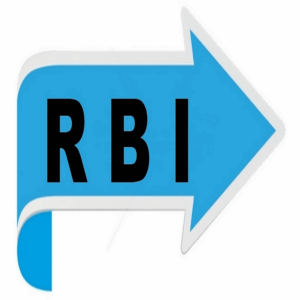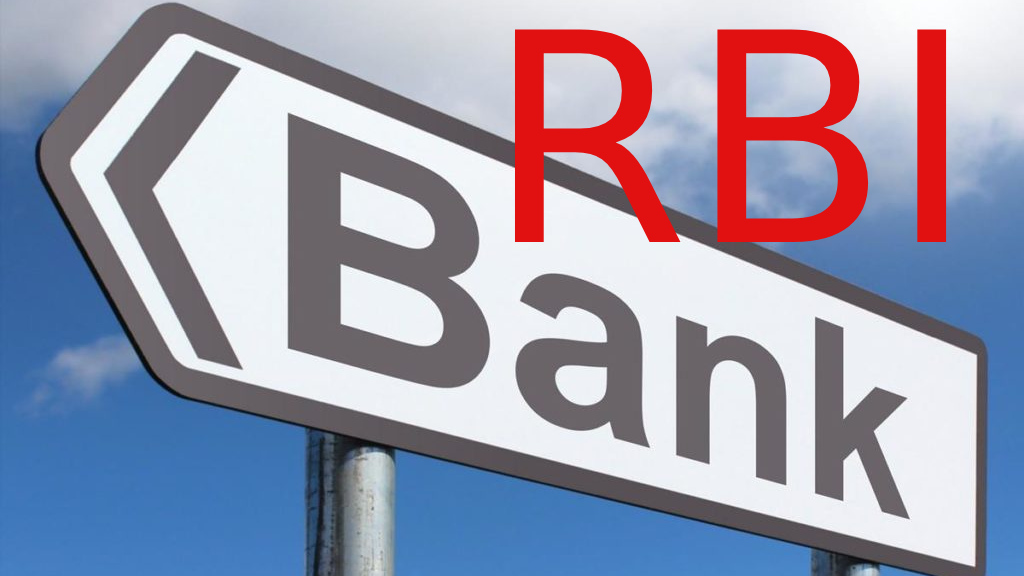
RBI Monetary Policy Meeting: Repo Rate Held Steady at 6.5% – What This Means for You!
Contents
RBI Monetary Policy Meeting
RBI Monetary Policy Meeting: Repo Rate Held Steady at 6.5% – What This Means for You!


On August 8, 2024, the Reserve Bank of India (RBI) announced its bi-monthly monetary policy statement, maintaining the repo rate at 6.5%. This rate is the central bank’s short-term loan rate to commercial banks. The decision comes amidst evolving inflation and growth dynamics, with the RBI highlighting a balanced outlook but remaining cautious about food prices.
Key Highlights of the Policy Announcement:
- Repo Rate: The RBI has decided to keep the repo rate unchanged at 6.5%, a move that reflects the central bank’s cautious stance on current economic conditions.
- GDP Growth Projection: The RBI has projected real GDP growth for the financial year 2024-25 at 7.2%, indicating a stable economic outlook.
- Inflation Forecast: The Consumer Price Index (CPI) inflation forecast for FY25 has been adjusted to 4.4%. The RBI expects retail inflation to moderate to 4.5% due to anticipated improvements in agricultural activities.
- Food Prices: Despite the overall balanced inflation and growth outlook, high food prices remain a concern. The RBI noted that persistent food inflation could impact household inflation expectations and necessitate vigilant monitoring.


Monetary Policy Committee (MPC) Decision:
- Voting Outcome: In the MPC meeting, four members voted in favor of holding the repo rate steady, while two members opposed the decision.
- Press Conference: RBI Governor Shaktikanta Das will address the media at 12 p.m. on August 8, with the press conference being streamed live on the RBI’s X handle.
Additional Announcements:
- Rupee Stability: The Indian Rupee has remained relatively stable in August. The RBI expressed concerns about declining deposits potentially leading to liquidity issues for banks.
- Public Repository for Digital Lending Apps: The RBI proposed creating a public repository to identify unauthorized digital lending apps.
- UPI Tax Payment Limit: The tax payment limit through UPI has been increased from ₹1 lakh to ₹5 lakh.


- Credit Reporting: The frequency of bank reporting to Credit Information Companies has been raised from monthly to fortnightly.
- Cheque Clearance: The RBI has proposed measures to expedite cheque clearance to a few hours.
Industry Reactions:
Anuj Puri, Chairman of Anarock Group, commented on the RBI’s decision, noting that the consistent repo rate of 6.5% positively impacts the housing industry. He highlighted that maintaining steady interest rates could boost demand in the housing market by keeping EMIs manageable for current and potential homeowners. This stability is particularly beneficial for the affordable housing segment.
Advantages
- Economic Stability: Keeping the repo rate steady helps maintain consistency in borrowing costs, which supports economic stability and consumer confidence.
- Enhanced Financial Protection: The proposed measures on digital lending and banking operations aim to protect consumers and improve financial system integrity.
- Consistent Borrowing Costs: A steady repo rate supports predictable borrowing costs, which is advantageous for homebuyers and businesses planning their finances.
- Improved Financial Infrastructure: Measures to enhance digital lending oversight and expedite cheque clearance contribute to a more efficient and transparent financial system.
Disadvantages
- High Food Prices: Persistent high food inflation remains a challenge and could impact household spending and inflation expectations.
- Bank Liquidity Concerns: Declining deposits might expose banks to liquidity issues, affecting their operational stability.
Conclusion
The RBI’s decision to keep the repo rate unchanged at 6.5% reflects a balanced approach towards managing inflation and growth while addressing specific concerns like high food prices. The projected GDP growth and adjustments in inflation forecasts indicate a stable economic outlook. The proposed measures on digital lending and banking operations aim to enhance financial stability and consumer protection.
FAQs
- Why did the RBI keep the repo rate unchanged?
The RBI decided to maintain the repo rate at 6.5% to balance inflation and growth dynamics while addressing concerns about high food prices and ensuring financial stability. - What is the GDP growth projection for FY25?
The RBI has projected a real GDP growth of 7.2% for the financial year 2024-25. - How has the CPI inflation forecast changed?
The CPI inflation forecast for FY25 has been adjusted to 4.4%, with retail inflation expected to moderate to 4.5% due to improved agricultural activities. - What additional measures were announced by the RBI?
The RBI proposed several measures including a public repository for digital lending apps, an increase in the UPI tax payment limit, more frequent credit reporting, and faster cheque clearance. - How does the repo rate decision impact the housing market?
According to Anuj Puri, the steady repo rate of 6.5% is expected to positively impact the housing market by keeping EMIs manageable and potentially increasing home sales, especially in the affordable segment.





















3 comments